CMA Manatee conservation specialists are providing the science and education to conserve the manatee and its habitat. Manatees have been a source of deep fascination for humans through the ages.
Learn about what we are doing to respond to the current Unusual Mortality Event affecting manatees in Florida and how you can help.
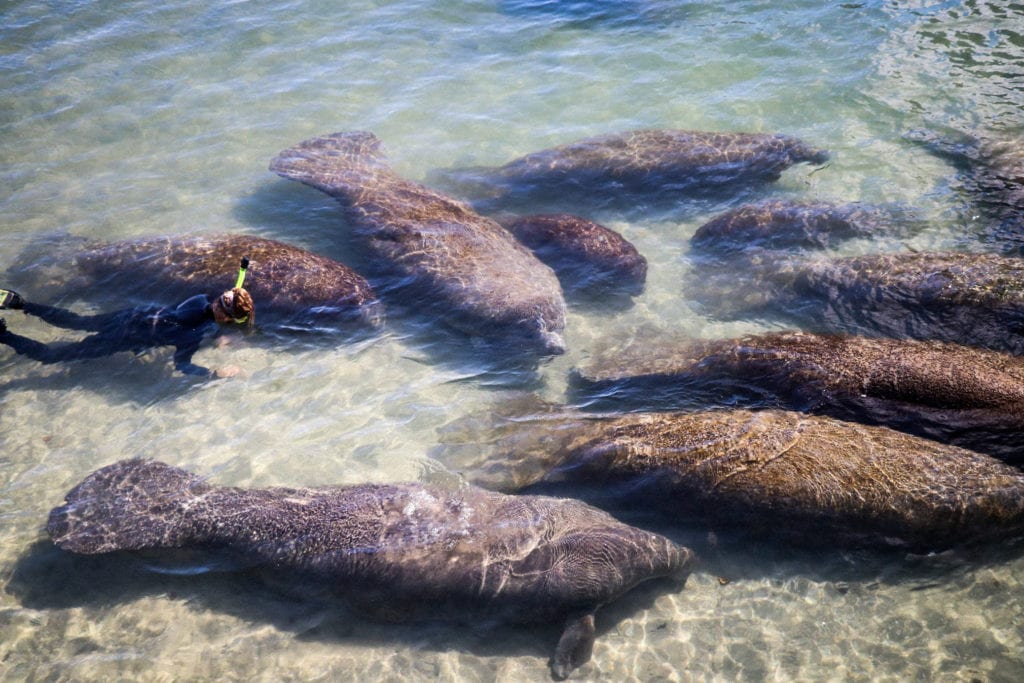
CMA Manatee Tracking
CMA Research Institute scientists are satellite tagging and tracking manatees in the USA to deepen our understanding of manatee movements, behavior, and habitat.
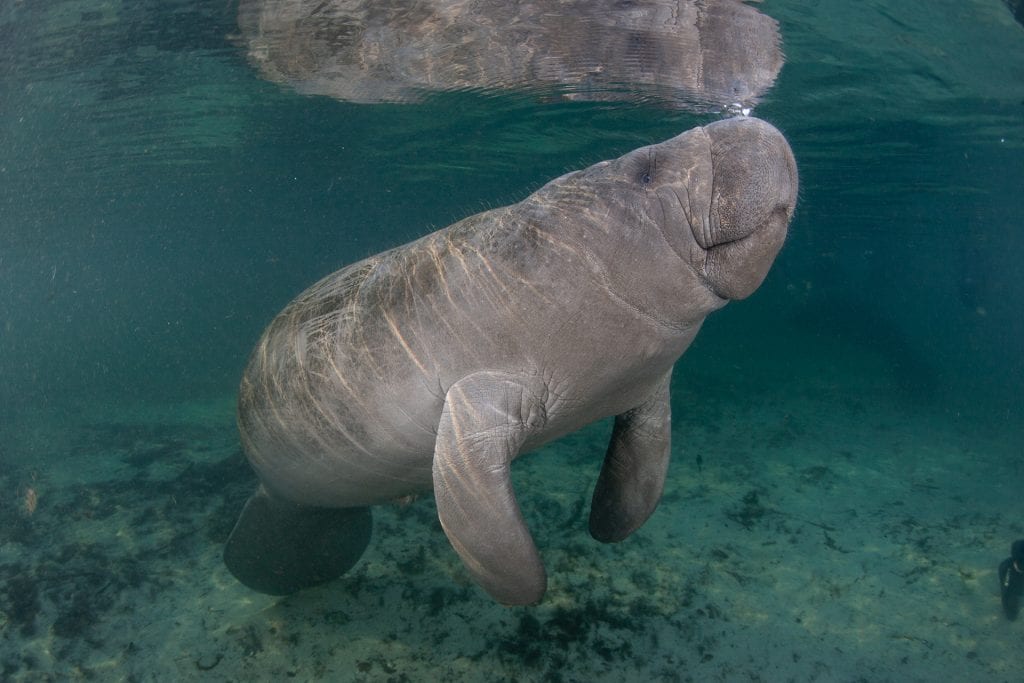
Tracking Manatees in Florida
CMA Research Institute staff have extensive experience tagging and tracking manatees in Florida and around the world. Satellite tracking is a tool researchers use to answer an array of questions. The ability to locate manatees in the wild and document their habitat use, movements, and behavior is invaluable.
We use tracking information to determine how manatees react to the loss of warm water habitat at power plants; the status and importance of foraging habitat; how and where manatees disperse to during migrations in the warmer months; site fidelity — in other words, do manatees return to the same locations year after year?
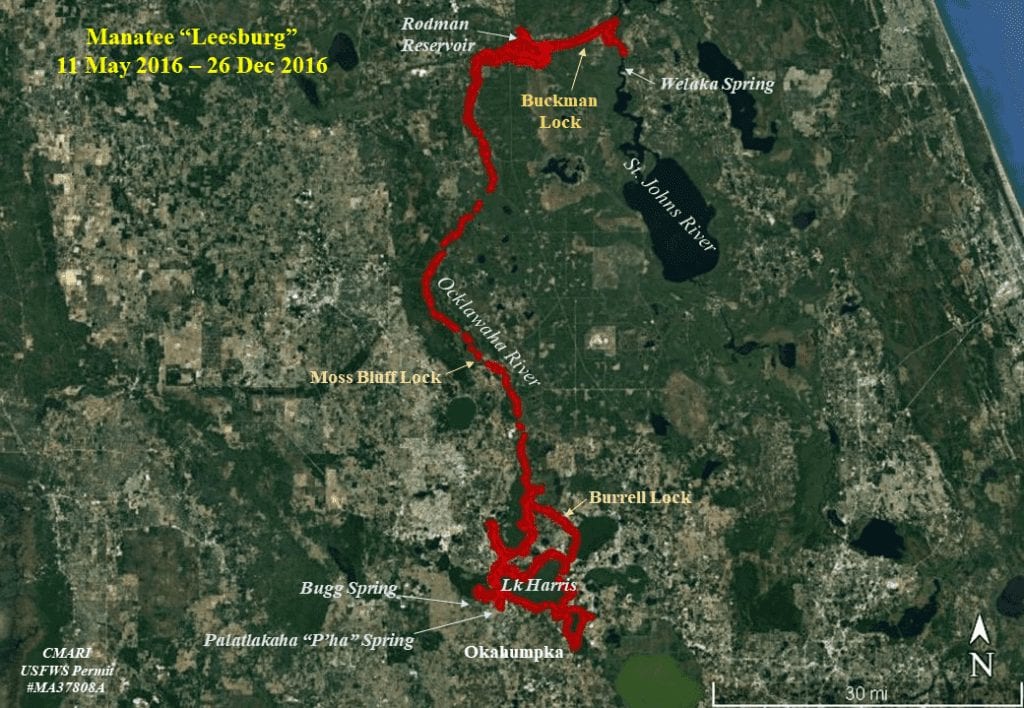
Tracking Manatees in Georgia
While CMA Research Institute is mainly focused on manatee research in Florida, we are very interested in manatees as they travel further afield during the warmer months. The number of manatee sightings outside Florida has increased over the past decade, as well as the distance of those sightings from Florida. This increased distribution may simply be a factor of increased awareness by citizens on how to spot and report manatee sightings, increased manatee population size, or it could also reflect changes in manatee habitat and/or human disturbance levels in Florida.
Tracked Manatees In Georgia
Help Support Manatee Conservation
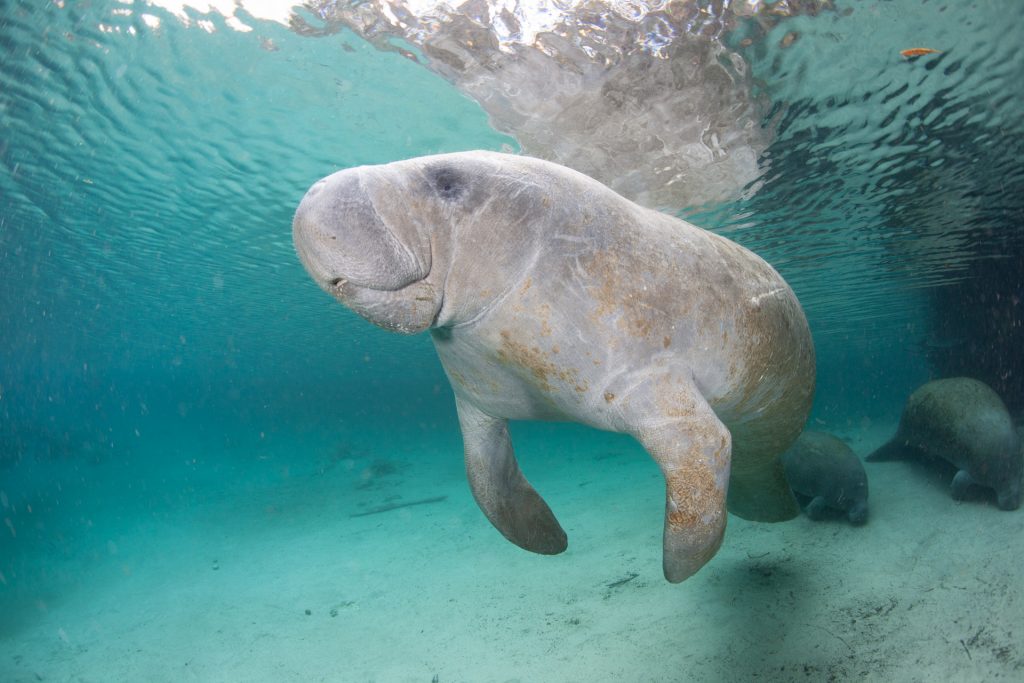
Tracking Manatees in Alabama
CMA Research Institute has partnered with Dr. Ruth H. Carmichael and the Dauphin Island Sea Lab (DISL) to support a manatee research program in Mobile Bay, Alabama and nearby waters of the northern Gulf of Mexico. We are assisting Dr. Carmichael and her team by providing our manatee research experience as DISL builds the first manatee research initiative in Alabama
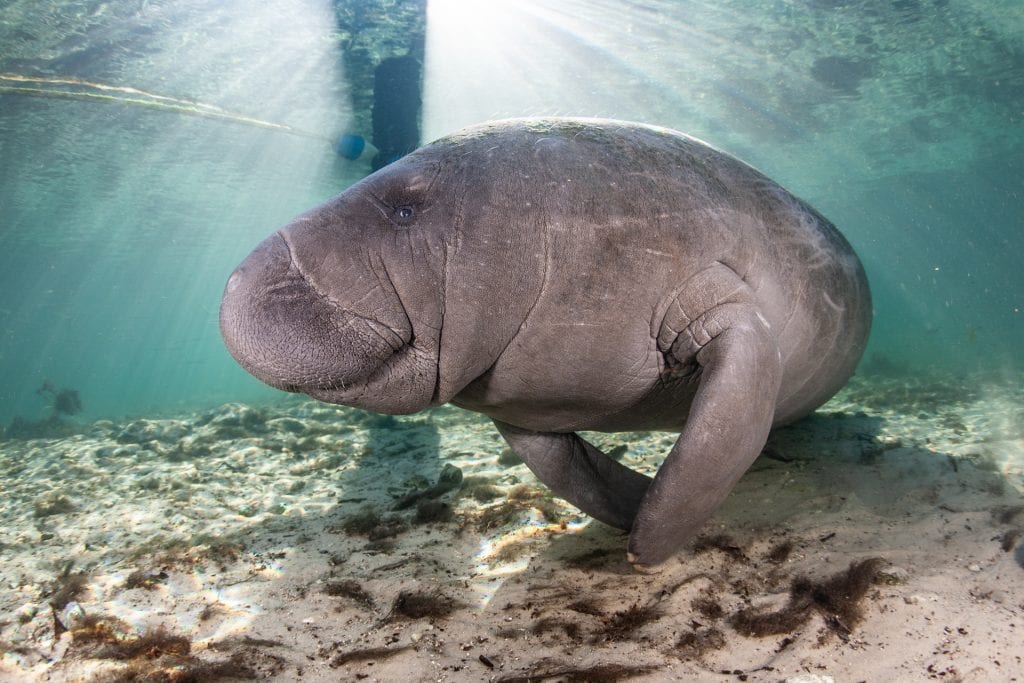
Manatee History and Legal Status
Love-struck sailors mistook them for mermaids centuries ago and tourists still flock to destinations simply to view these gentle marine mammals.
CMA shares this fascination and many of our staff members have devoted their lives to ensuring protections for manatees throughout a large portion of their range. Dr. James “Buddy” Powell, spent his childhood watching manatees in Crystal River, Florida, a spring system of critical conservation importance to manatees. His fascination for manatees grew while he was a teenager and was “contracted” to help Jacques Cousteau study them in Crystal River.
Today, Buddy still leads research and educational expeditions to Crystal River, which has been preserved as a protected area for manatees and other species.
Manatee Photo-Identification Internship
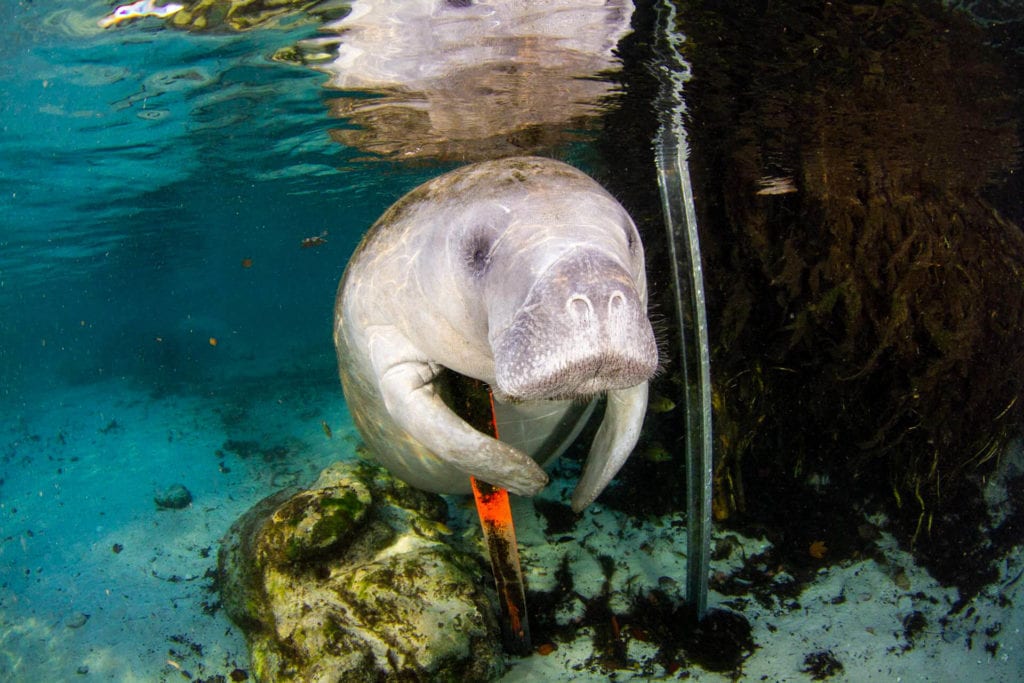
Due to the myriad threats plaguing the species, manatees have enjoyed protections within Florida for more than a century; Florida manatees first received protection under Florida state law in 1893, and by 1907 a person could be fined $500 and/or spend six months in jail for harassing or killing a manatee.
Globally, there are three species of manatees: African, Amazonian, and West Indian, all listed as vulnerable by the IUCN Red List (International Union for Conservation of Nature). The West Indian population is divided into two sub-species: the Antillean and the Florida manatee, both listed as endangered by IUCN. The latter was listed on the very first U.S. endangered species list developed in 1967 and remains an endangered species today.
Florida manatees are protected by both the Marine Mammal Protection Act and the Endangered Species Act in the United States and are the state marine mammal of Florida.
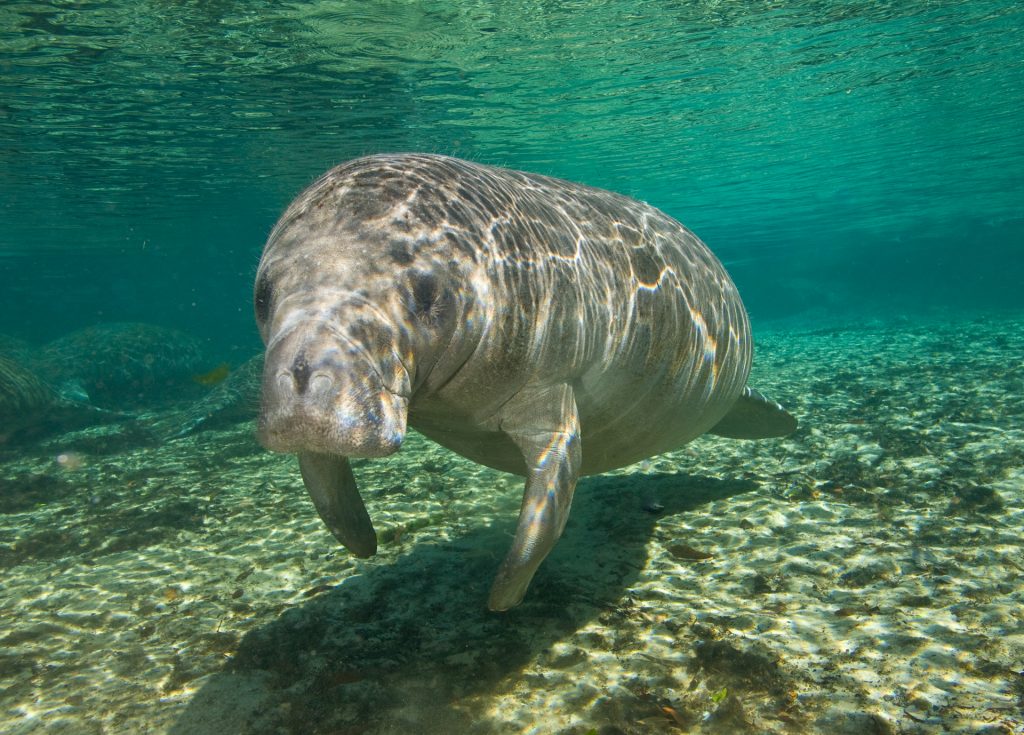
Manatee Team Activities
Our dedicated researchers work with all three species of manatees, conducting research and conservation activities resulting in positive impacts to manatees. Using satellite tagging, aerial surveys, photo identification and other tools, we are obtaining sound scientific data to help ensure the survival of manatees around the world.
Our data is informing natural resource managers about critical habitats for manatees, such as springs and other warm water sources, which manatees need to survive. Our team monitors manatees through satellite tagging and observation to understand where they go to find shelter when their primary sources of warm water are no longer available along with summer migration routes and habitat use outside of Florida. We also engage in collaborative rescue activities when individuals succumb to cold stress.
To reduce threats, we identify areas where conflict with humans, such as boat strikes or entanglement in fishing gear, is further endangering manatees. Our scientists, through aerial surveys, capturing, tagging, and behavioral observations, are discovering new information about manatees that are vital for survival. These activities are extremely important to conservation efforts to ensure that the manatee population does not begin to decline in the face of increasing future threats.
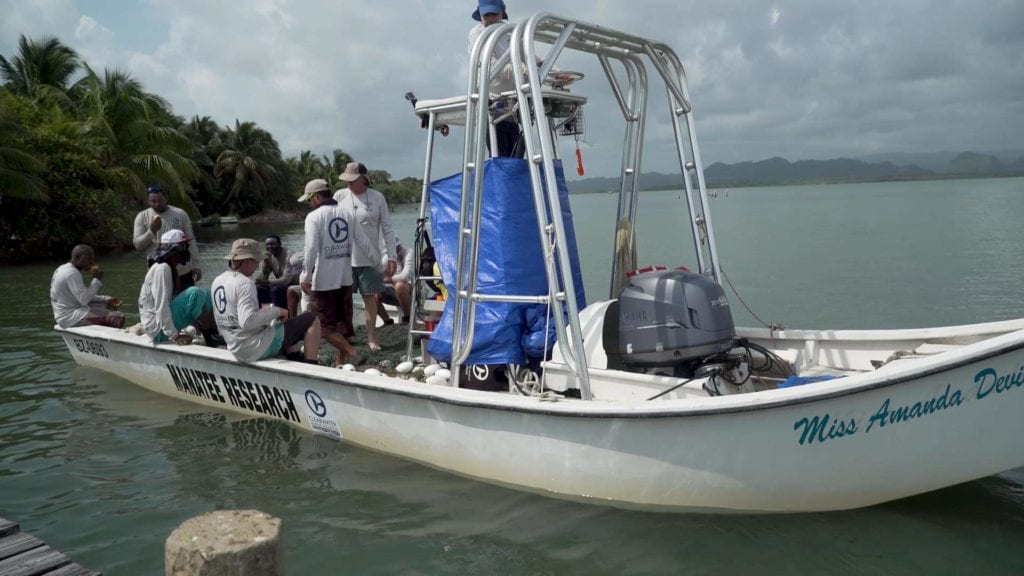
CMA Manatee Conservation in Cuba & Belize
Our researchers are leading manatee conservation efforts throughout the Caribbean with projects in Belize and Cuba.
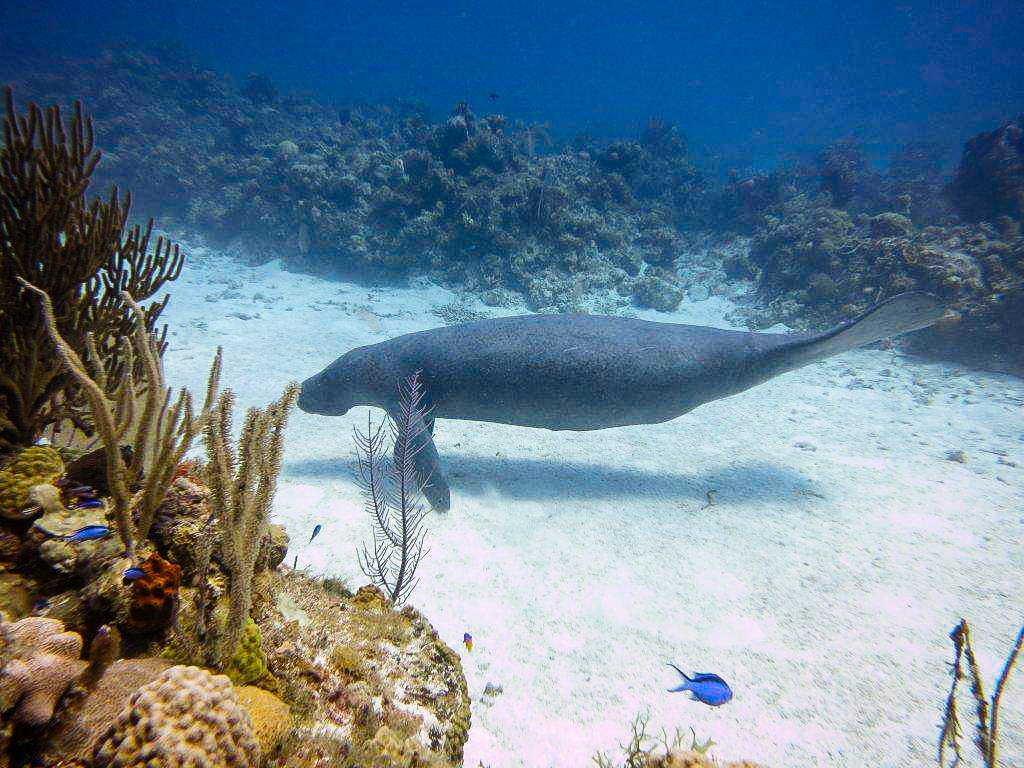
Manatee Conservation in Cuba
Very little is known about manatees in Cuba, although it has some of the most extensive and best manatee habitat in the Caribbean. In 2001, Dr. James “Buddy” Powell began a long-term initiative to develop and strengthen a manatee research and conservation program in Cuba. Working in collaboration with several partners and under a license from the U.S. Treasury Department, Dr. Powell and the research team have facilitated surveys in various sections of the island and helped to facilitate manatee research and conservation initiatives. This is the only in-depth and long-term study of manatees ever conducted in Cuba.
Help Support Manatee Conservation
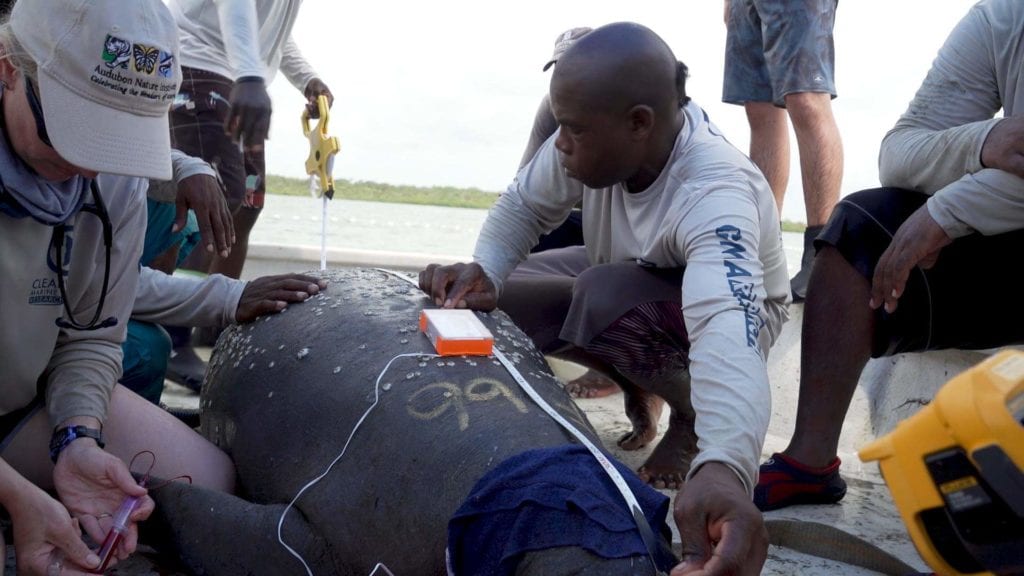
Manatee Conservation in Belize
In 1997, Dr. James “Buddy” Powell, Bob Bonde of USGS, Nicole Auil of the Belize Coastal Zone Management Authority and a Sea to Shore (now CMA Research Institute) associate research scientist, began the Belize manatee conservation project.
Belize has the highest known density of Antillean manatees, a subspecies of the West Indian manatee, in the world. Unfortunately, because of rapidly increasing coastal development, human-related manatee deaths are rising quickly. Poaching, once the major threat to manatees in Belize, has been replaced by boat kills and destruction of habitat as the major concerns for the survival of the species.
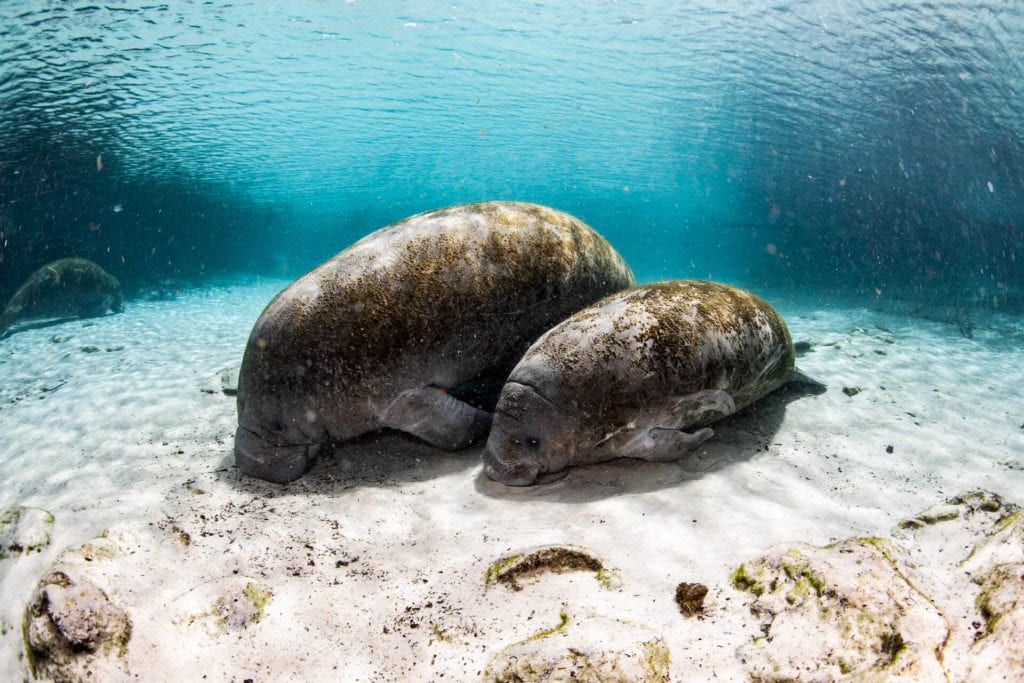
Manatees in their Environment
Manatees rely heavily on warm water to survive the winters in Florida. They congregate in natural springs, where water temperatures remain consistent (generally around 70-75°F) and power plant outfalls where water temperatures can be even higher. Due to the high potential for warm water habitat loss at power plants in the future (due to plant closures and modifications), natural springs throughout Florida are extremely important habitat for manatees and will only become more important in the future. Understanding current and future habitat needs of the Florida manatee is critical to their survival.
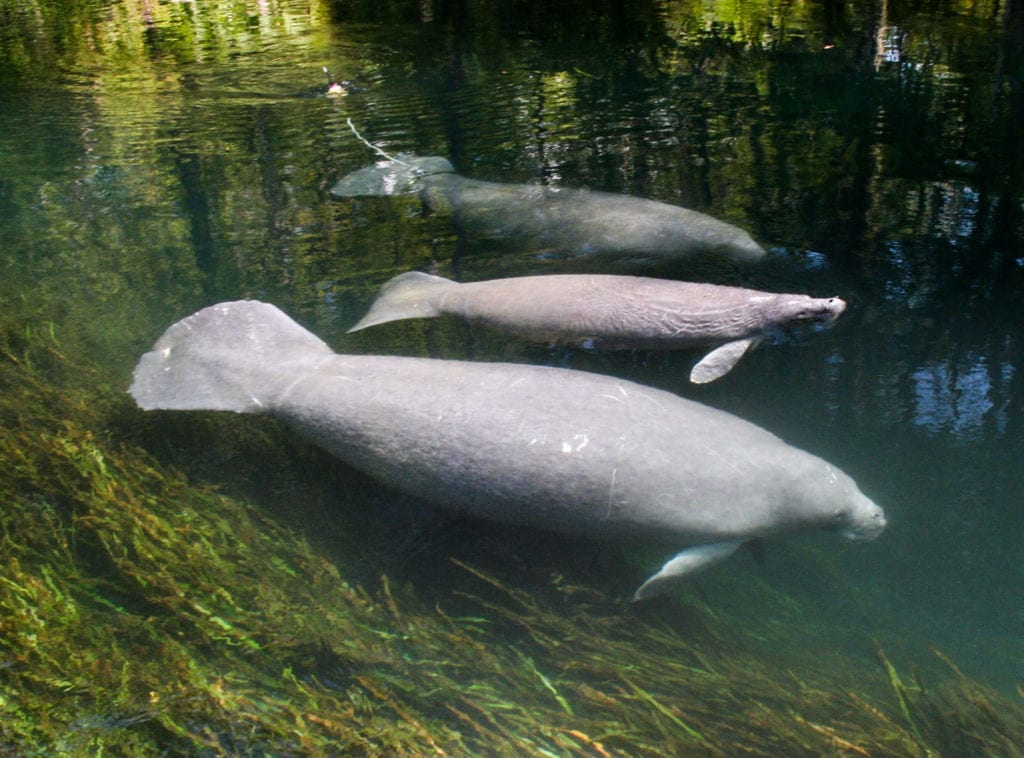
Documenting patterns of manatee use of smaller springs
Due to limited resources only large, primary springs had been routinely monitored for manatee use during a winter season. However, as the manatee population grows and warm water habitat is modified and lost, smaller, secondary springs in central Florida are becoming more important. CMA Research Institute recognizes the importance of these smaller springs and our Research Team has initiated a monitoring program to document manatee use. These springs, such as Deleon Spring, Salt Spring, and Silver Glen Spring, had been visited sporadically by researchers over the past decade but most of the manatee information had been obtained from citizen reports or from National Forest staff at each park. By providing regular monitoring, researchers will be able to document patterns of manatee use. We suspect that over time these springs will increase in importance for the manatee population, and we hope our data will assist with enacting adequate protection for these valuable habitats to ensure their continued availability to manatees in the future. We will continue to seek support for additional monitoring of less well-known springs such as Wekiva Spring, Juniper Spring,Welaka Spring and an assortment of springs located within Silver River.
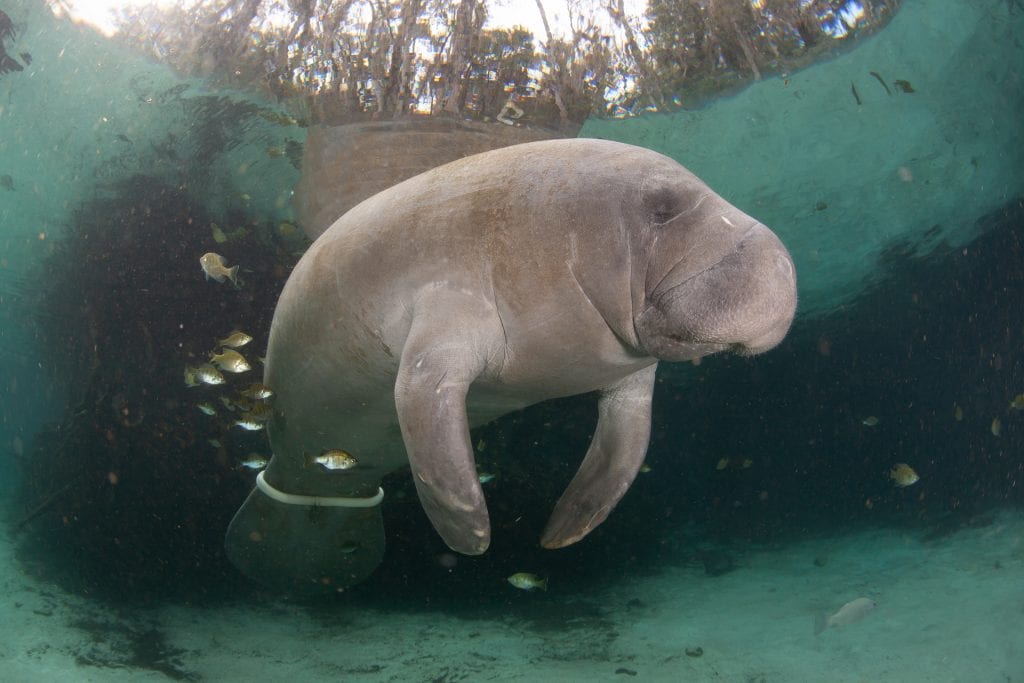
Monitoring Manatee Use of Warm Water
CMA Research Institute monitors manatees throughout the southeast U.S. to understand and document habitat use and to ensure future access to warm water habitat.
Help Support Manatee Research
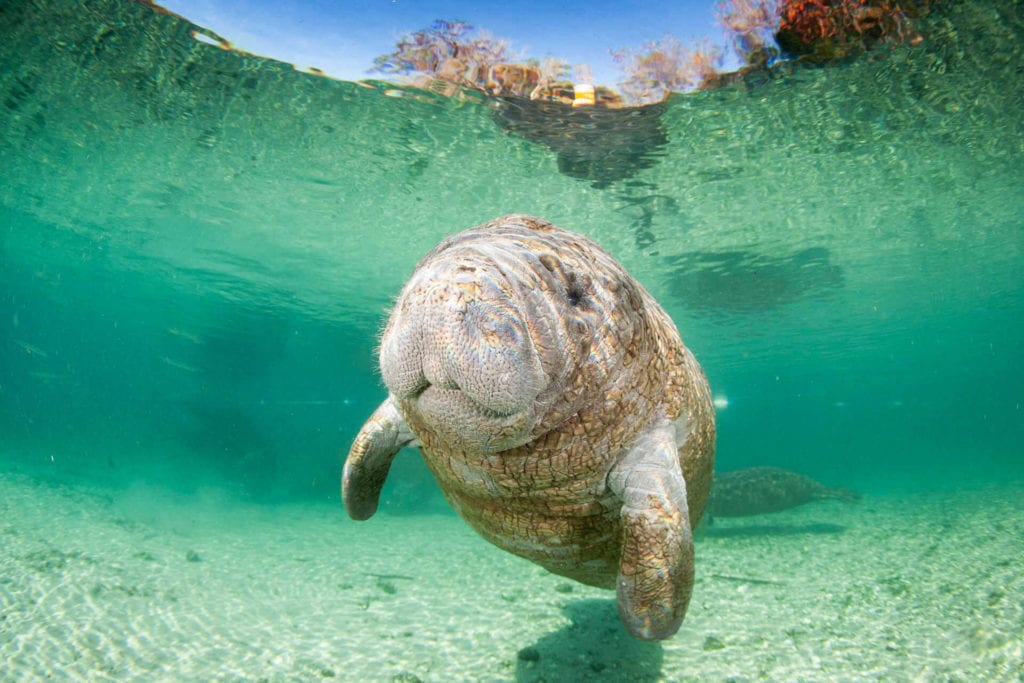
Documenting manatee responses to the loss of warm water
Additionally, the CMA Research Institute has been very active in documenting manatee response to the loss of warm water due to plant closures and modifications. Using photo-identification and tagging it is possible to describe movements and behaviors of individual manatees following the loss of previously used warm water habitat. This data informs managers on how to manage the inevitable plant closures of the future. Systematic and long-term documentation of manatee use of these critical winter habitats will provide state and federal managers with the information they need to provide further protection for these unique spring habitats.
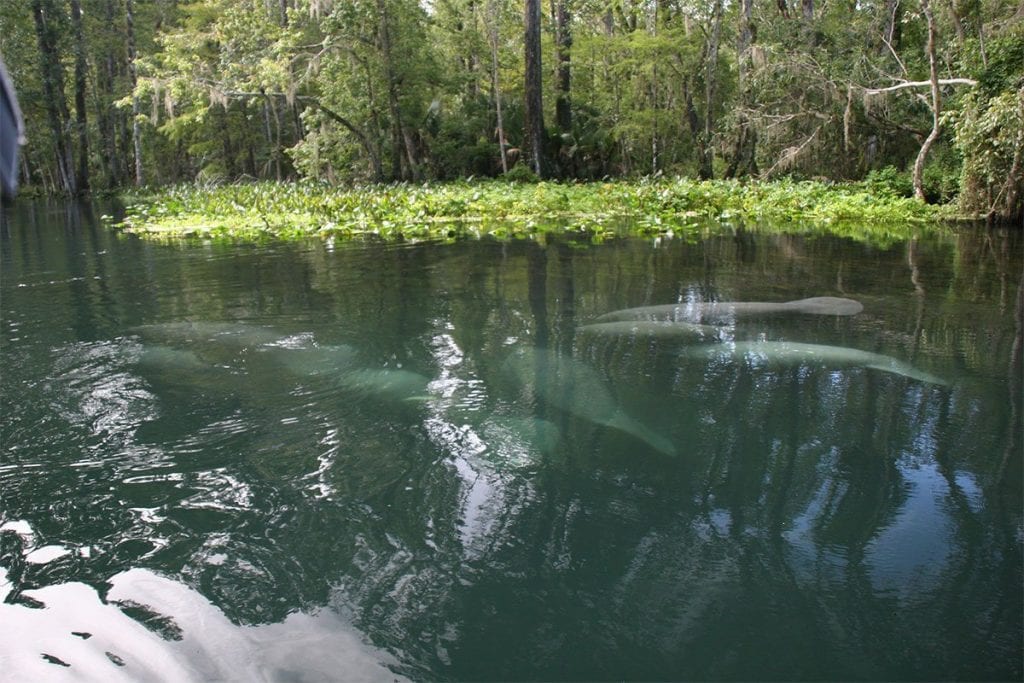
Protecting the Florida Springs
CMA recognizes the unique and invaluable nature of Florida’s natural springs. These extraordinary habitats are of importance to Floridians, who enjoy swimming, diving, and boating in such a unique environment; and are of special importance to many aquatic species in Florida.
Resource managers must maintain a balance between preserving this natural resource and allowing different degrees of recreational use. Growing coastal populations in Florida put increasing pressure on freshwater resources, resulting in reduced spring flow and declining water quality. CMA recognizes the potential for conflict at this interface between growing coastal populations and habitats and natural resources under pressure to sustain high levels of use.
Description
- Large, slow moving aquatic mammals.
- Average adult manatee is 10 ft long and weighs 800-1,200 lbs.
- Can weigh in excess of 3,000 lbs.
- Flat, paddle-shaped tail, two flippers, and tough, grey skin that contains many whiskers.
- Manatees are herbivores.
- Can consume 10-15% of their body weight in vegetation daily.
- Closest relative = elephant.
- Manatees can live to be 60 years of age or more.
- Calves are born weighing 60-70 pounds and are 3-4 feet in length.
- Twins have been documented but are rare.
- Mothers nurse their calves for one-two years.
- Manatees do not thrive in waters less than 68°F.
STATUS AND THREATS
- Minimum population count = 6,063 manatees (Feb 2015).
- Manatees have no natural predators.
- Manatees experience human-related mortality from:
- boat strikes.
- entanglement in and ingestion of fishing gear.
- being crushed in and/or drowned in lock structures.
- habitat loss.
- The loss of warm-water habitat is a serious concern as power plants close and natural springs are threatened.
All manatee work was conducted under USFWS Research Permit #MA37808A
Making Waves
- 1600+ rescued sea turtles since 2010
- 2100+ Nests monitored since 2010
- 850+ Animals released since 2010
- 190K Volunteer Hours 2020-2021
